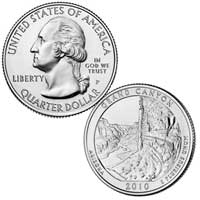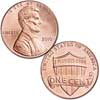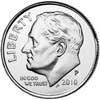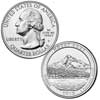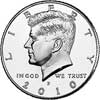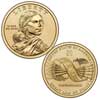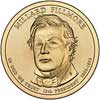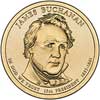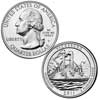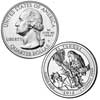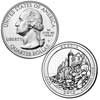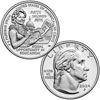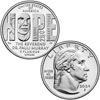Long before man ever set foot in the area, Mother Nature was hard at work! Tens of millions of years ago, upward pressure lifted the Colorado plateau to a higher elevation changing the drainage of the region. This additional elevation also caused an increase in the speed of the water in the streams and rivers, making them more efficient at eroding the landscape. Then, at least 5 million years ago, the Colorado River really picked up the pace and continued to cut through layers and layers of pre-historic rock, leaving us essentially with the Grand Canyon that we know today.
Today, almost 5 million people visit the park each year. The summer is prime tourist time with temperatures on the rim usually quite comfortable. Rains are a common occurrence during this season along with strong thunderstorms. The South Rim remains open year round, but the North Rim is usually closed late October to mid May due to heavy snows.
The reverse image features a view of the granaries above the Nankoweap Delta in Marble Canyon near the Colorado River. (Marble Canyon is the northernmost section of the Grand Canyon.) Granaries were used for storing food and seeds (A.D. 500). Inscriptions are GRAND CANYON, ARIZONA, 2010 and E PLURIBUS UNUM. Design candidates were developed in consultation with representatives of Grand Canyon National Park.
Mintage:
| Philadelphia | Denver | Clad Proof | Silver Proof | 3 Coin Set |
| 34,800,000 | 35,400,000 | 1,399,970 | 859,435 | 19,289 |

